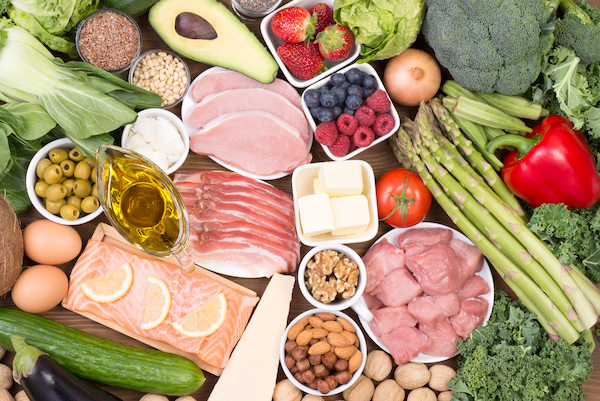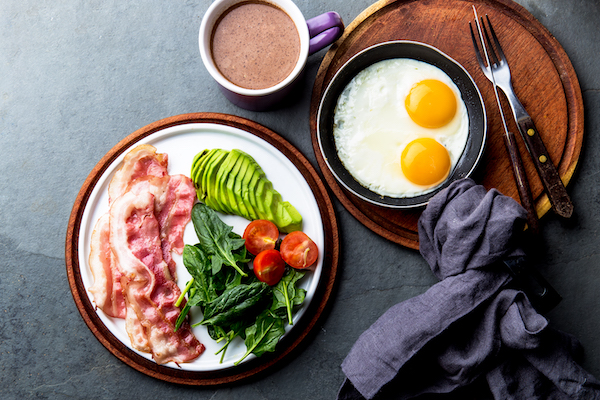You might have only recently come across the ketogenic diet, also known as keto, but it has actually been around for almost a century. Initially developed in the 1920s for treating epilepsy, it has gained popularity for its ability to aid in weight loss.
While many keto enthusiasts praise the high-fat, low-carb diet for its weight loss benefits, following it long-term requires a significant amount of dedication and planning. Lazy keto, on the other hand, offers a more relaxed approach that is reportedly easier to maintain.
So, what exactly is lazy keto, and is it a healthy option?
Understanding Lazy Keto

Lazy keto is a simplified version of the traditional ketogenic diet where the focus is on consuming no more than 10 percent of daily calories from carbohydrates without tracking fat or protein intake.
For reference, the standard ketogenic diet involves consuming a specific balance of all three macronutrients:
- High amounts of fat (approximately 75 percent of daily calories)
- Moderate amounts of protein (around 20 percent)
- Negligible amounts of carbohydrates (about 5 percent)
The objective is to achieve ketosis, a metabolic state where the body utilizes fat as its primary energy source. Research suggests that keto may aid in weight loss, although its long-term health effects are still uncertain.
While reducing carbs and calories can lead to weight loss, adhering to a keto lifestyle can be quite challenging. Constantly calculating macros and following a specific ratio can be demanding. "It requires effort," says Andrea N. Giancoli, MPH, RD, a registered dietitian. "There's a learning curve to it."
This is where lazy keto comes into play. Instead of meticulously tracking all three macronutrients (carbs, fat, protein), the focus is solely on carbs. For a 2000-calorie diet, this translates to approximately 25 to 50 grams of carbohydrates. However, without monitoring fat and protein intake, determining if you are in ketosis becomes more complex.
Lazy vs. Clean vs. Dirty Keto

Alongside lazy keto, other variations of the ketogenic diet have emerged in recent years. Clean and dirty keto are two popular approaches:
Clean keto: Focuses on consuming healthy, unprocessed whole foods. This may include plant-based fat sources like coconut oil, avocados, and nut butters.
Dirty keto: Involves less healthy choices, such as animal-based fats and proteins like butter and bacon, as well as processed low-carb, low-sugar items like protein bars and artificial sweeteners.
Examples of Lazy Keto Meals
Lazy keto recipes are similar to other keto recipes. Here's a sample day of meals:
- Breakfast: Scrambled eggs with bacon and avocado
- Lunch: Avocado, bacon, and goat cheese salad
- Dinner: Bun-less cheeseburger with greens
- Snacks: Cheese, hard-boiled eggs, celery with peanut butter
Is Lazy Keto a Healthy Choice?

If you opt for a keto diet, whether lazy or not, it's important to prioritize the quality of the food you consume. Lazy keto meals can be healthy if you focus on clean ingredients, which are minimally processed whole foods like eggs, fish, nuts, chicken, and keto-approved vegetables and fruits.
However, any form of keto diet may result in nutrient deficiencies. "By severely restricting carbohydrates, even healthy ones like fruits and grains, you might miss out on essential nutrients like fiber and phytonutrients," Giancoli explains.
Lazy keto may not be the healthiest or most sustainable approach to weight loss. If you find that keto is not suitable for you due to side effects or lack of flexibility, it's perfectly okay to explore other balanced dietary options. "It's okay to have a variety of foods to lose weight," Giancoli concludes.
